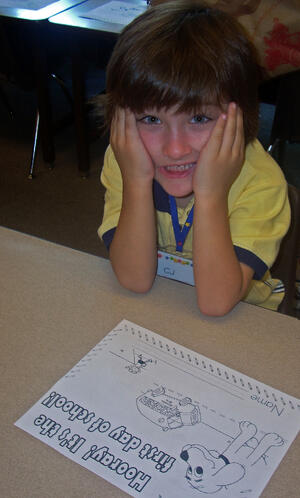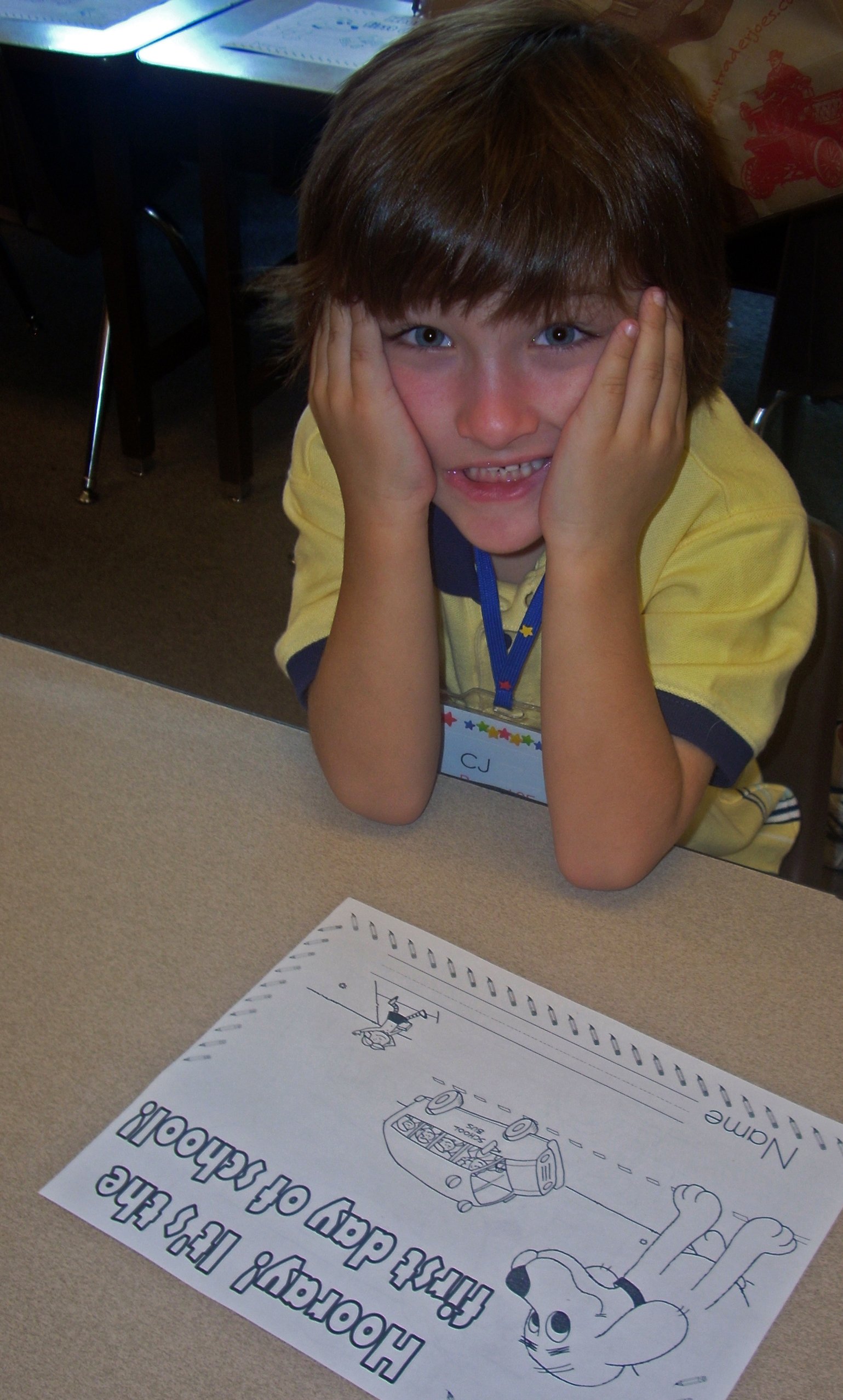BY DW Wood (Instructional Technologist) & Lauren Shapiro (Writing Instructor)

Hey, you've just finished your alternative medicine classes and Eureka!, you have a great idea for an aromatherapy article. All that's left to do now is to write it down ... and "WOW" your holistic health readers. Do you know how to bring the "WOW factor"? How to mean what you write and write what you mean with the clarity and interest your readers demand?
It would be stellar to sit down and write an essay, article, or blog post perfectly the first time. But more often than not, the best writing comes from careful, thoughtful planning and a lot of revision. Yes, that means writing is work (sometimes hard work). But the good news is, if you follow some basic writing guidelines, you can save yourself a lot of time and frustration in the long run. Heck, you might even enjoy it.
When you're getting ready to start a new essay, article, or blog, just remember to W.R.I.T.E.:
W stands for "Work through your ideas." This process of preplanning is often called prewriting or brainstorming, and can include any number of idea generating/organizing strategies, including: mind mapping, clustering, and freewriting. So for your aromatherapy article, you'll want to write down everything you know about aromatherapy, what you think or feel about aromatherapy, or what you want to know more about aromatherapy. From all these details about aromatherapy, using aromatherapy, aromatherapy training, and even aromatherapy recipes, you can literally see what most interests you.
R stands for "Review." So you’ve written everything you can think of about aromatherapy (or holistic health, wellness coaching, herbal medicine ... whatever interests you). Now what?! Take this time to get organized. Take a serious look at what you’ve written. Hmm… What goes together, put together. What doesn’t fit, shove to the bottom of the page. Now look again. Hmm… Can you see a pattern developing? Maybe some sections seem really long, while others seem very short. Try to balance out the sections, literally. Cut out a sentence or two from the lengthy part; add a sentence or two to the shorter part. If you don’t know what to write to fill in the gaps, simply write: I need another sentence here to make this match the other sections. Really. Eventually as you organize your work, it will become obvious to you what you need. You’ve made an aromatic blend before, right? Well, writing is kinda like that. You’ll know it when it’s done.
I stands for "Identify with your reader." Unless you are writing expressly for personal use, such as journaling, you are not writing in a vacuum. Your essay, article, or blog post has an intended audience, and like it or not ... your audience has expectations. Above all, your audience (i.e., your holistic health readers) wants to understand, quickly identify the main ideas, and if possible, be entertained. Now, we're not recommending that you tell jokes in your aromatherapy research article. To be "entertaining," be interesting. Remember, your readers may or may not have your same background knowledge of the topic, so never assume. Explain key terms, provide engaging examples, and work in concrete sensory details.
T stands for "Take another look." No matter how perfect you think your writing (or typing) is, you've probably made a mistake somewhere. Don't sweat it. You're human. So, always, always, always take another look at your text after you have completed your first draft. When it comes to your writing, you are the expert. However, being the expert can sometimes cloud your vision. This "take another look" step is also called revision, which happens on both a "global" and a "local" scale. During global revision look at your writing as a whole. Assess the end result. Do all your examples directly support your main idea? Do your paragraphs follow a logical transition from one the next? During local revision, go micro, even sentence by sentence, to ensure your wonderful idea has accurately made its way onto the page. Make sure each paragraph only has one main idea, look for consistent wording, and ask yourself, "Does my reader have all the information s/he needs to get what I am saying?"
E stands for "Enjoy!" You’ve completed your revision (i.e., the "take another look" parts), so it’s time to take a day off. What?! Why on earth would you push the pause button when you’re nearly done? Because it’s next to impossible to catch your errors when you’ve been working so hard. Take a break… ideally at least 24 hours. Then come back to your writing and proofread for errors with a fresh outlook. Check spelling, punctuation, capitalization, grammar, and especially your facts. (You don’t want to type 100 drops when you meant to write 10 drops.) Once you have double-checked your work, then it’s time to read it aloud. Hear anything odd? Great writing, like great speaking, flows easily. And, with every essay, article, and blog you write, you’ll begin to hear its rhythm.
So, now what? Ready, set, go ... W.R.I.T.E.
P.S.
We selected this image of the boy on his first day of school because his expression exemplifies how many people feel about writing. Too, cute. We invite you to share your earliest writing memories (and remember, we like to be entertained!).




